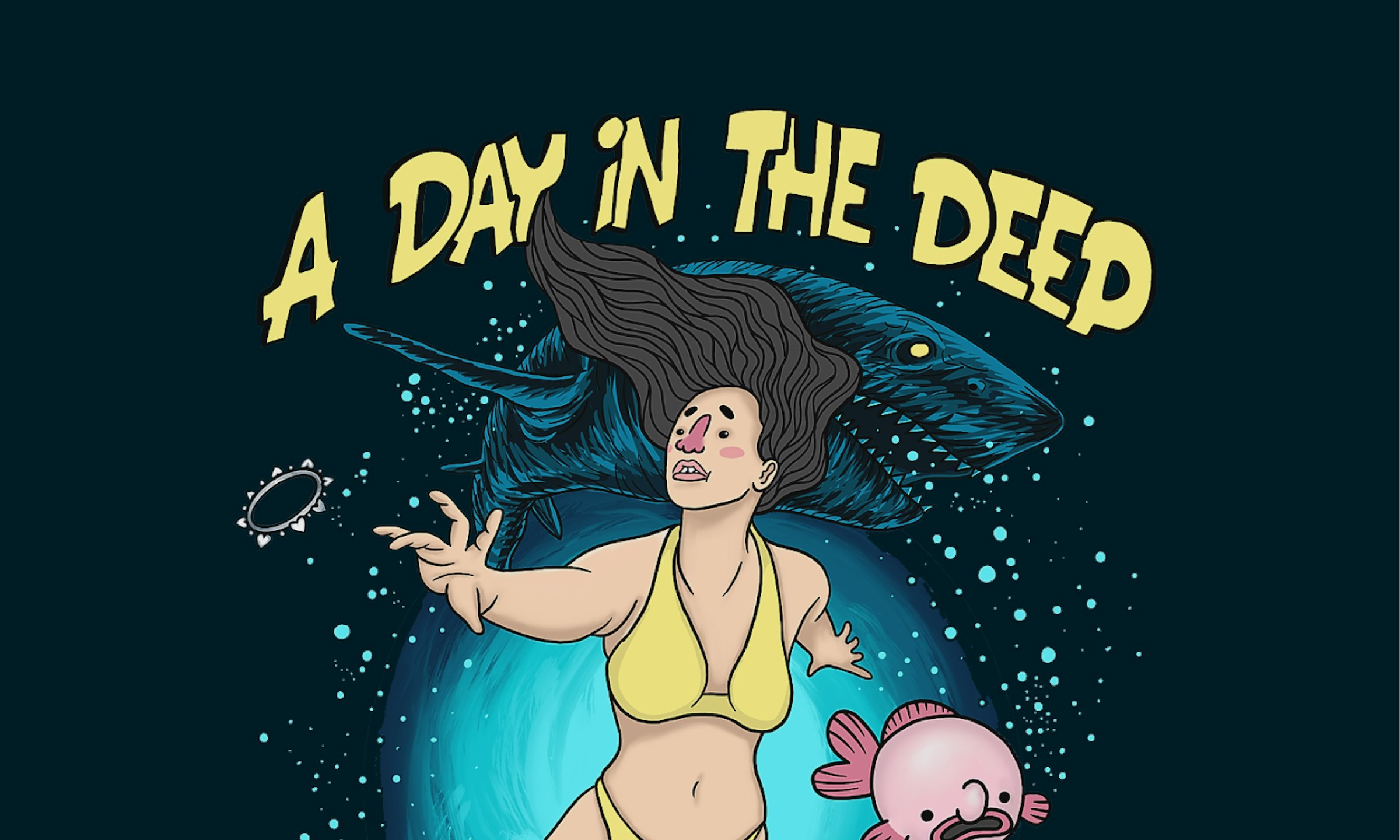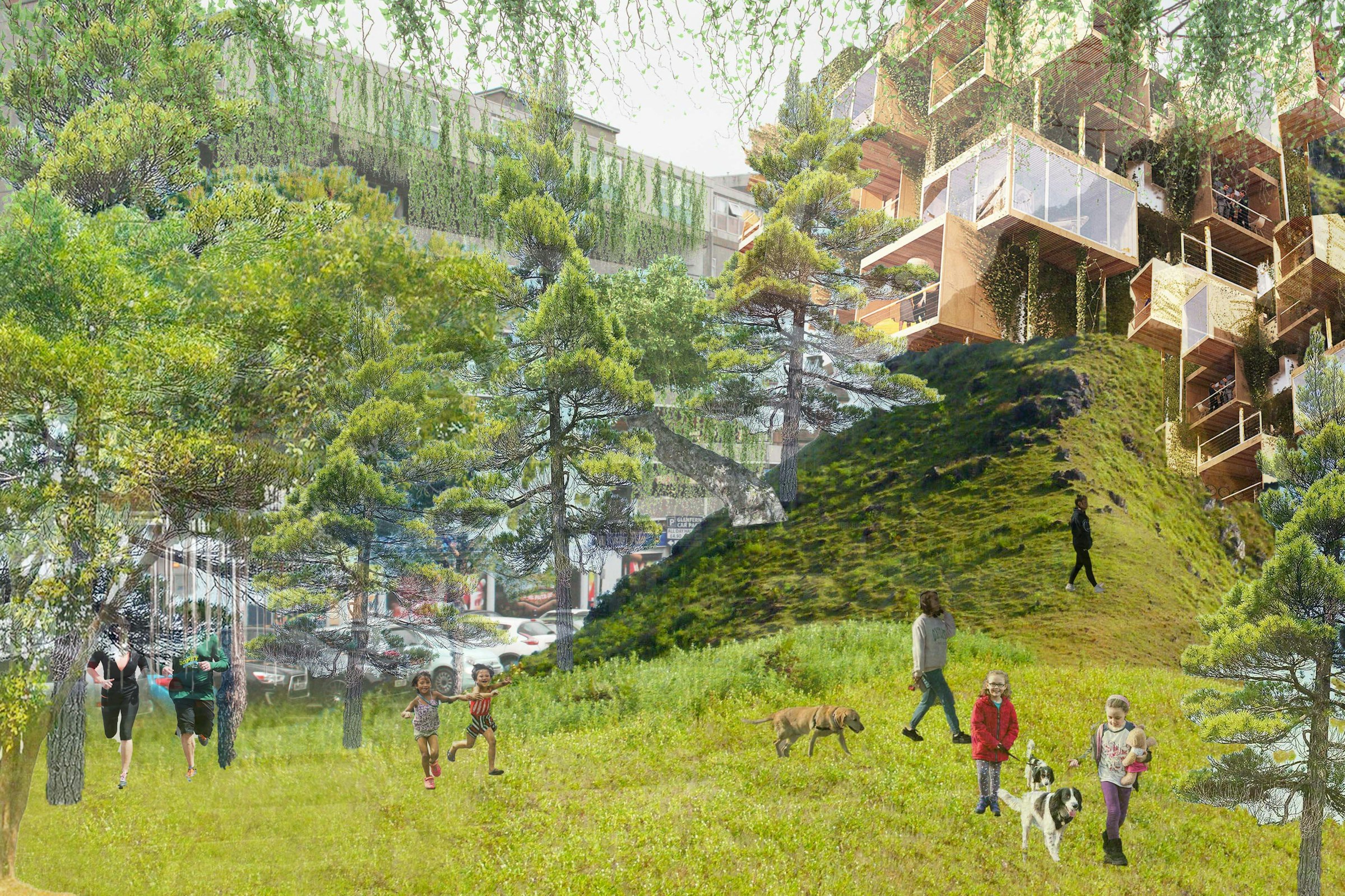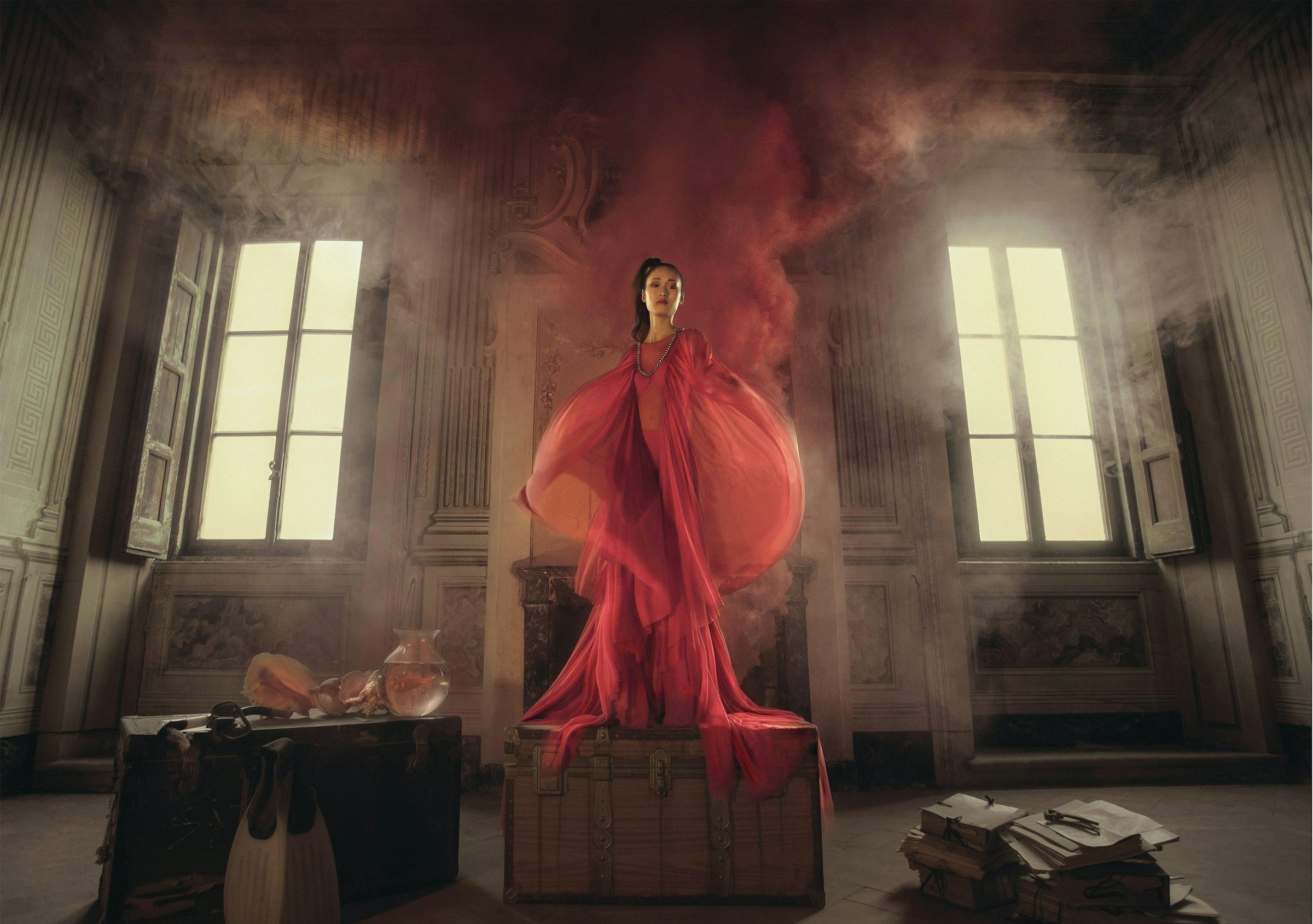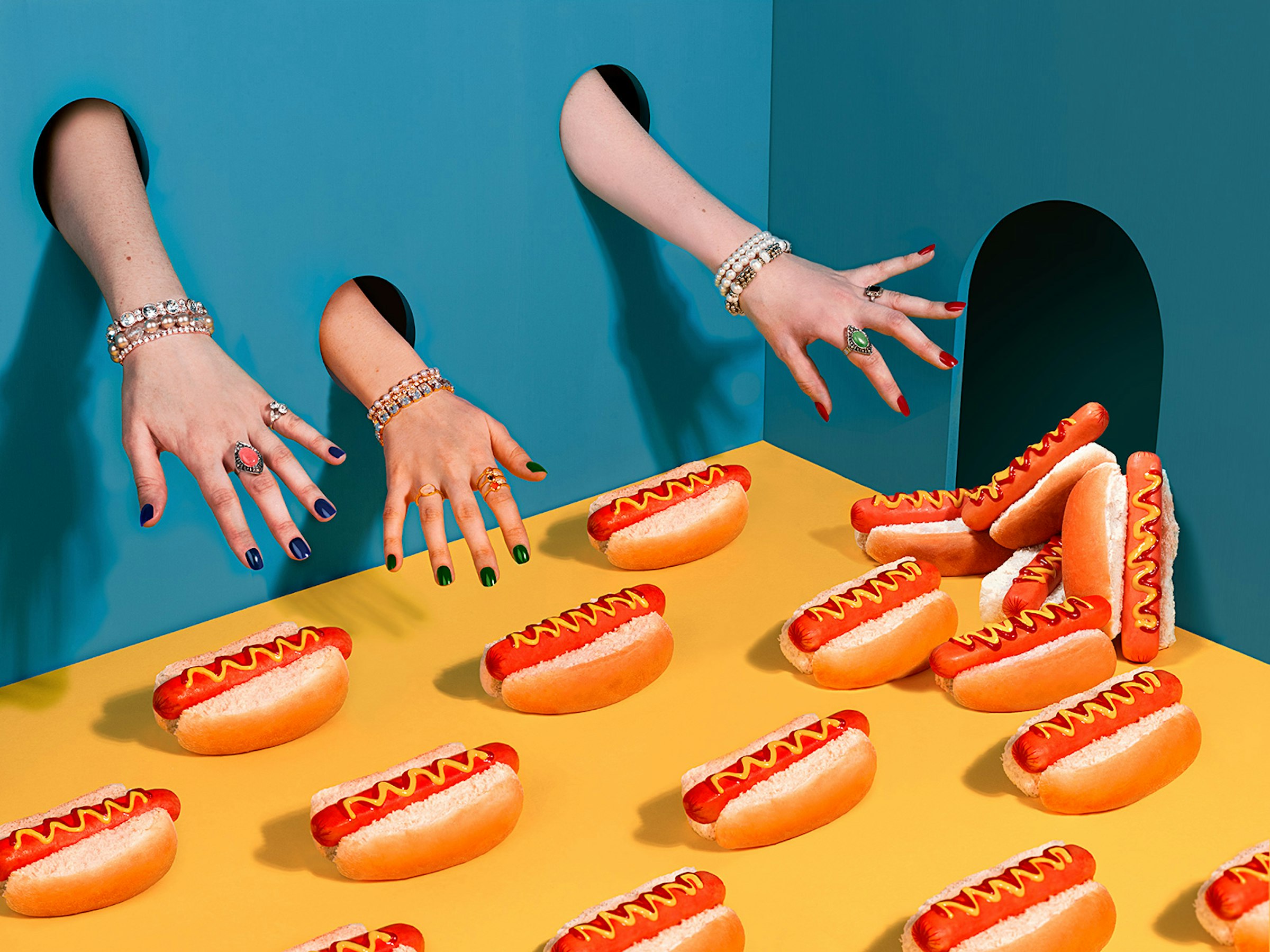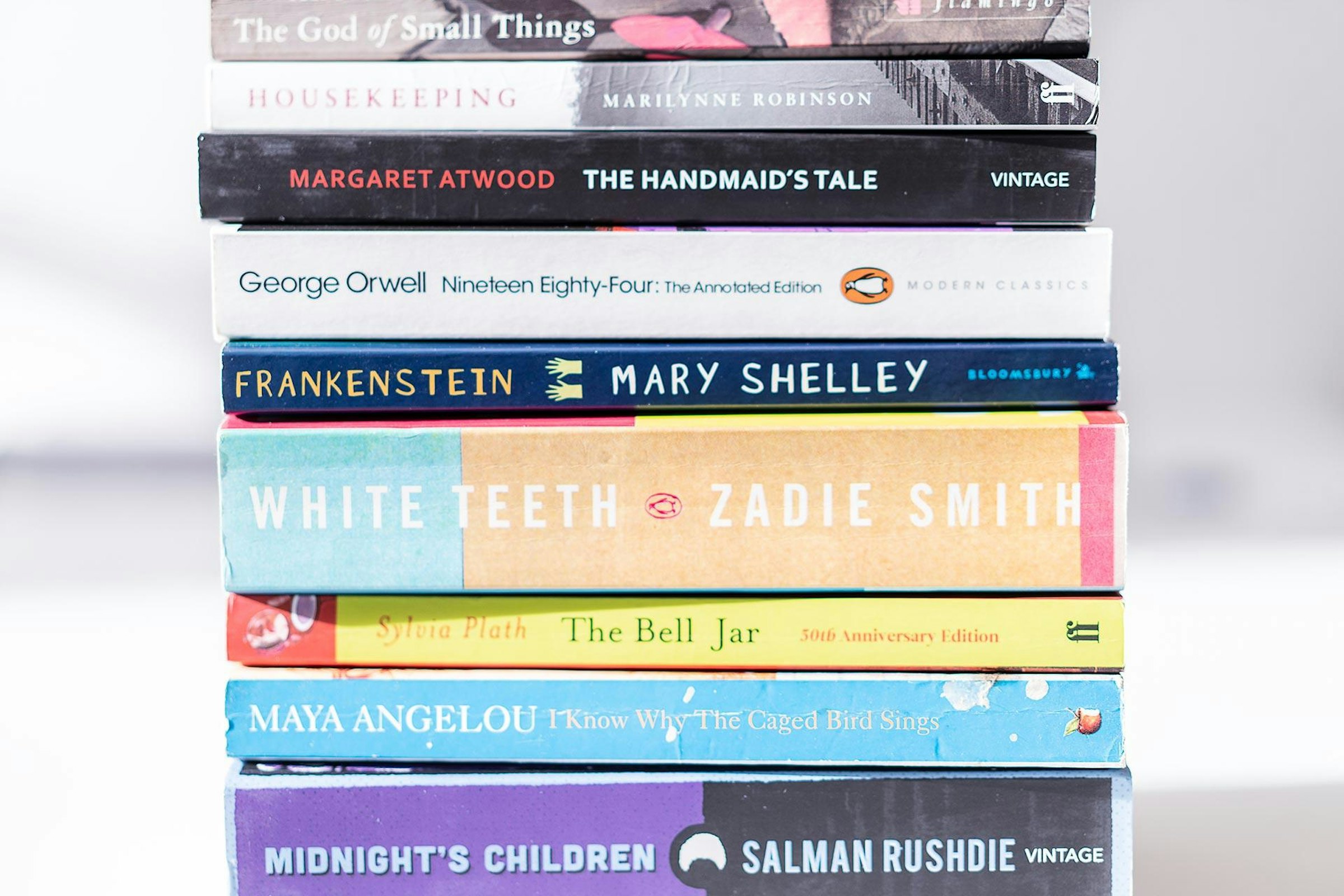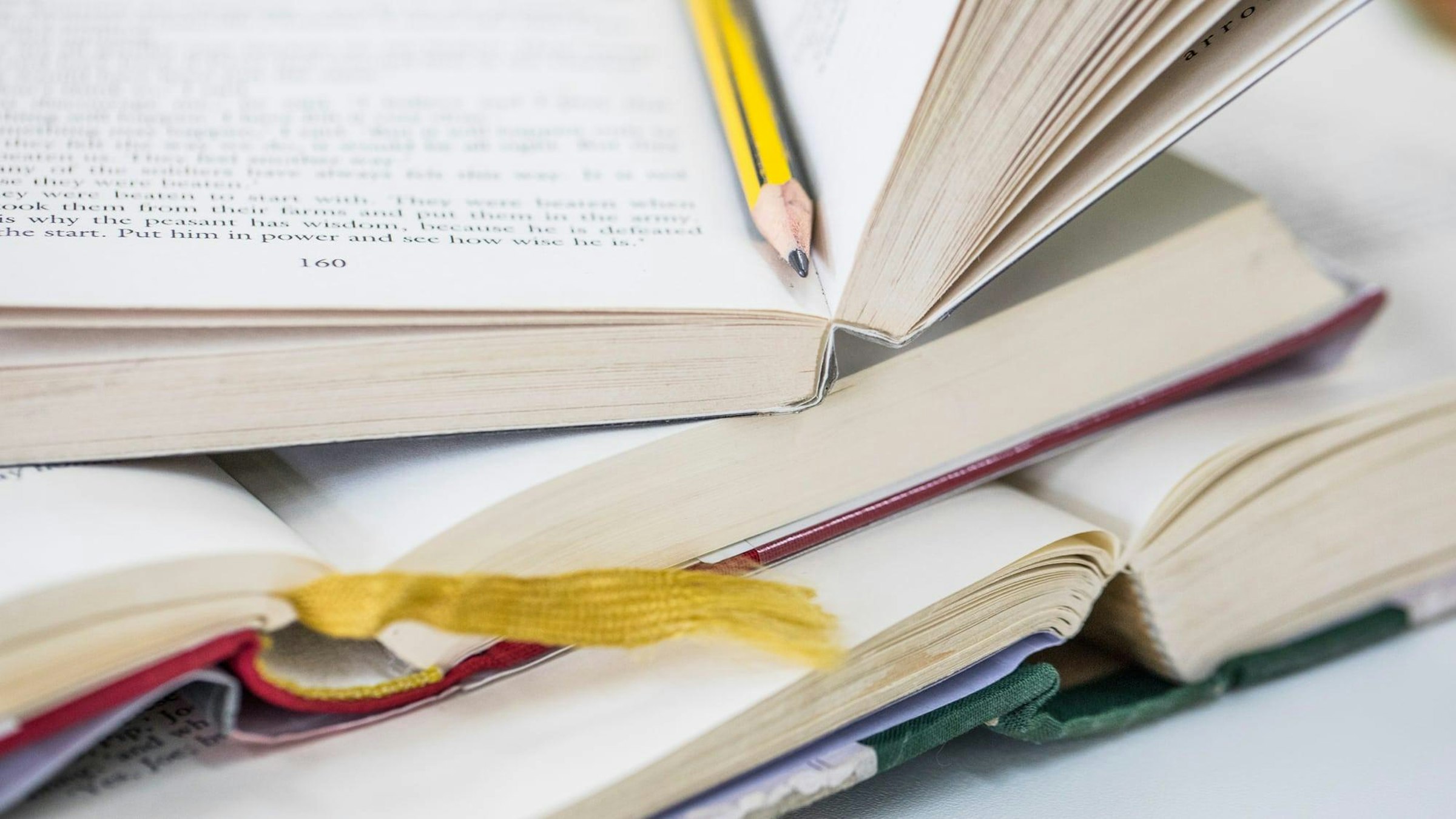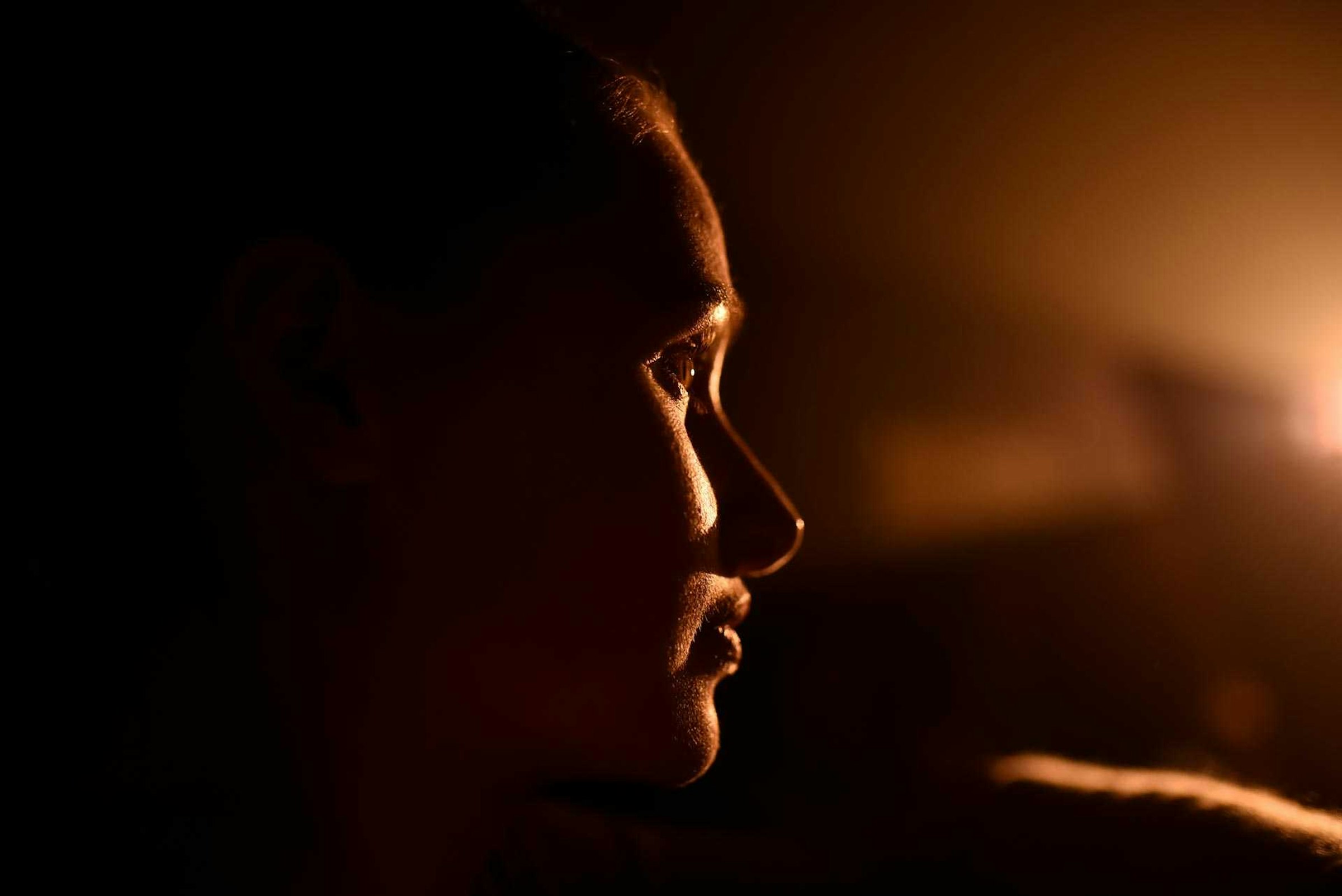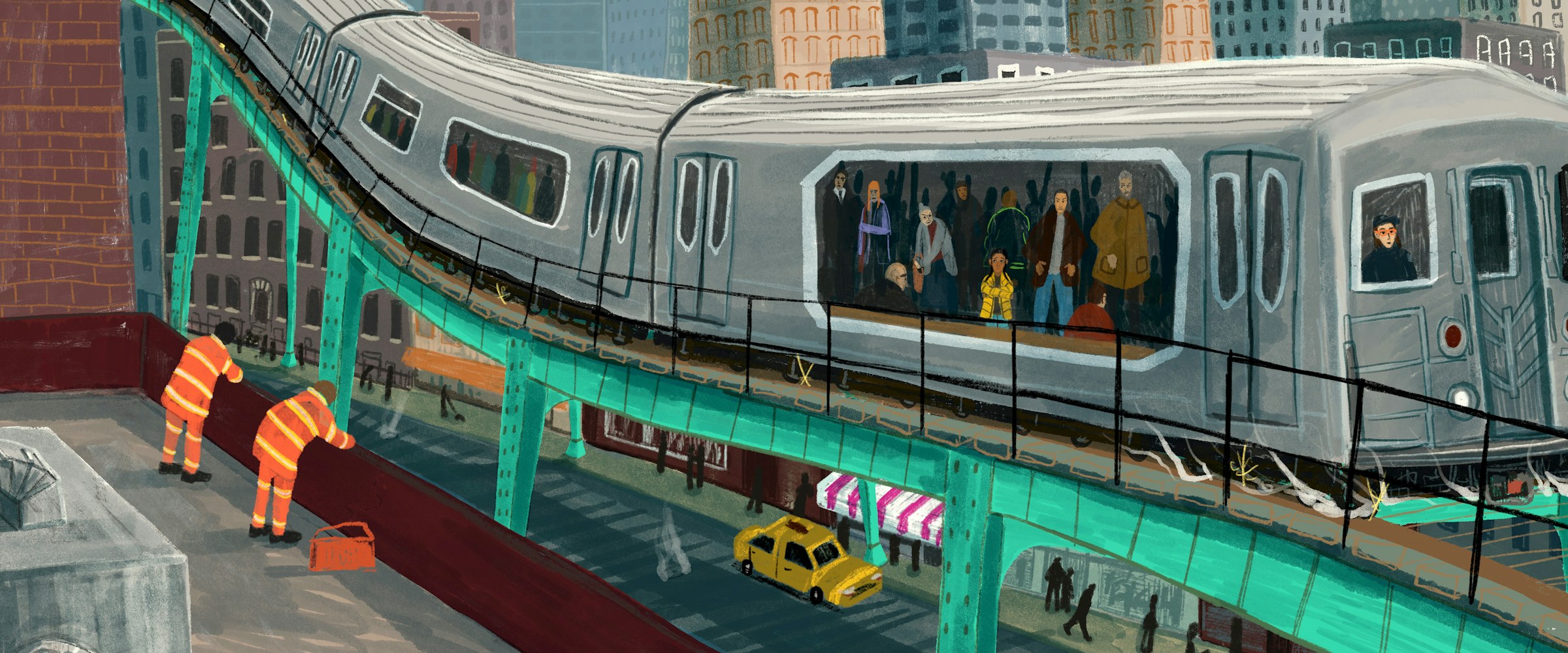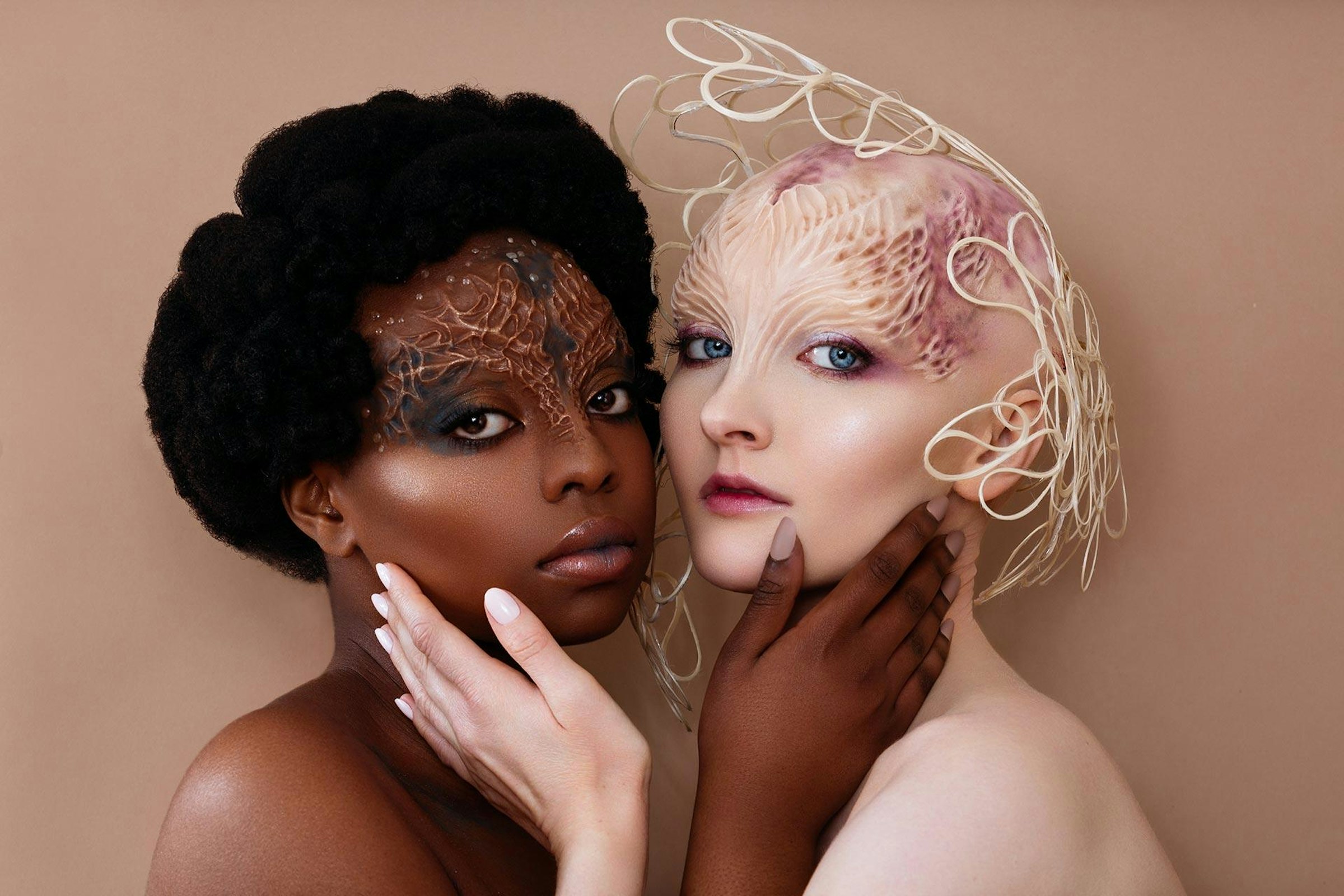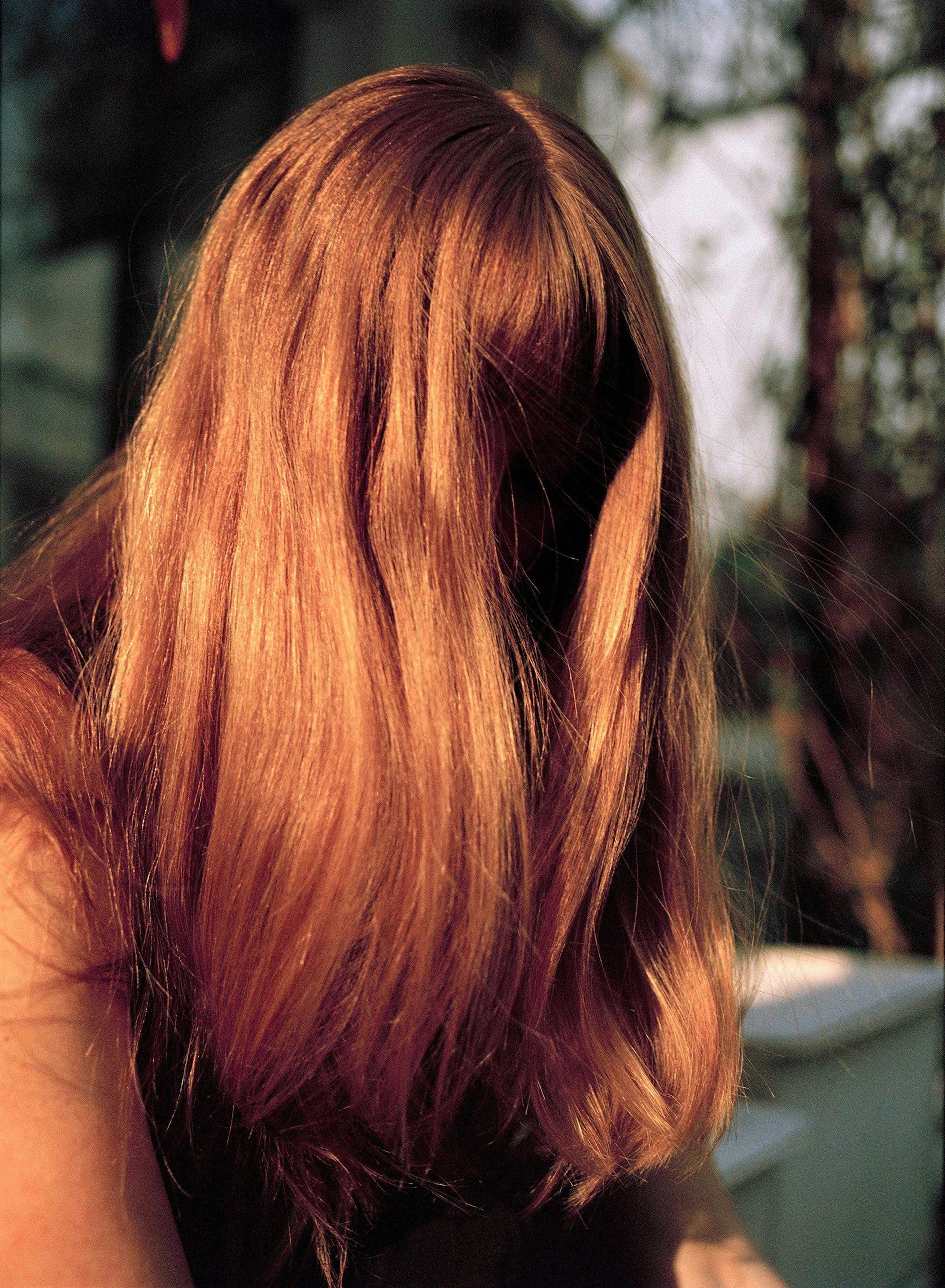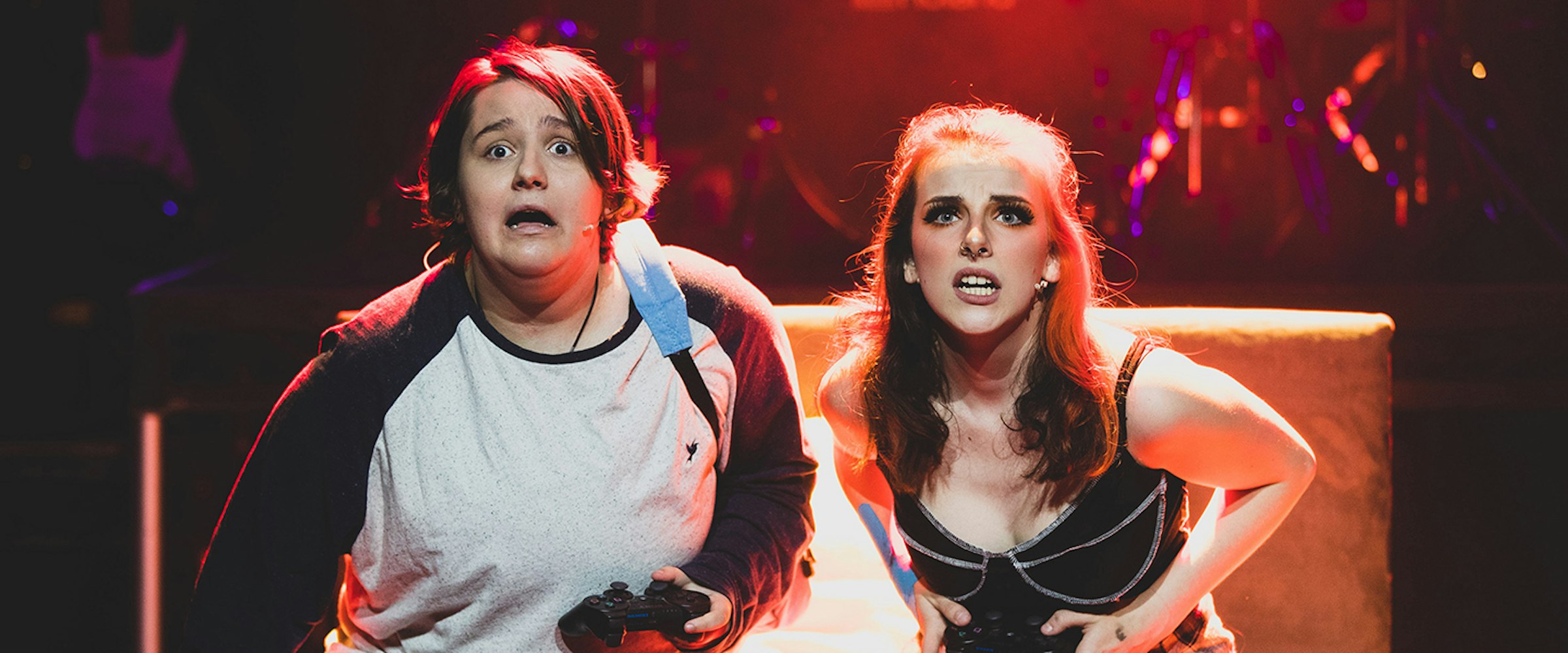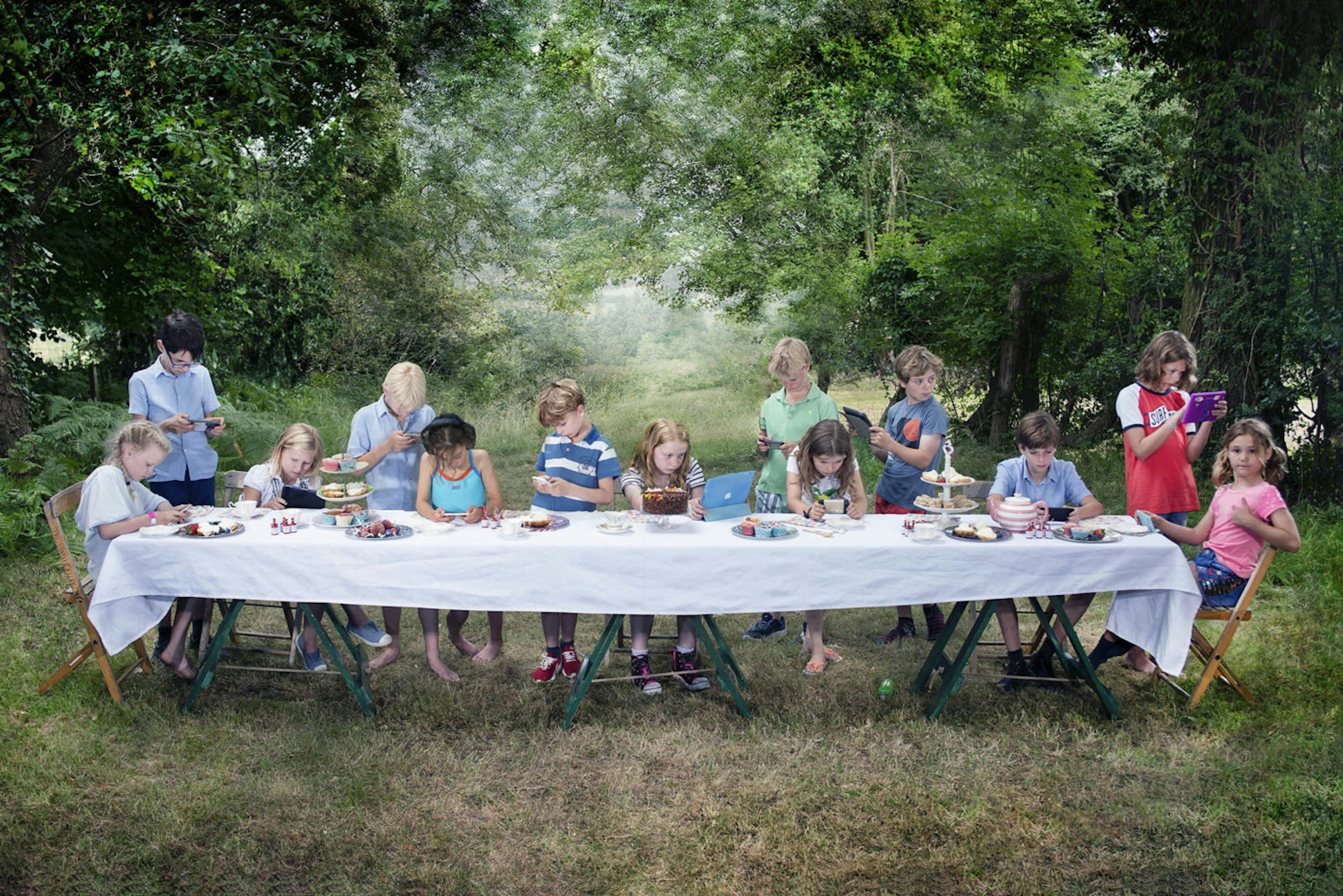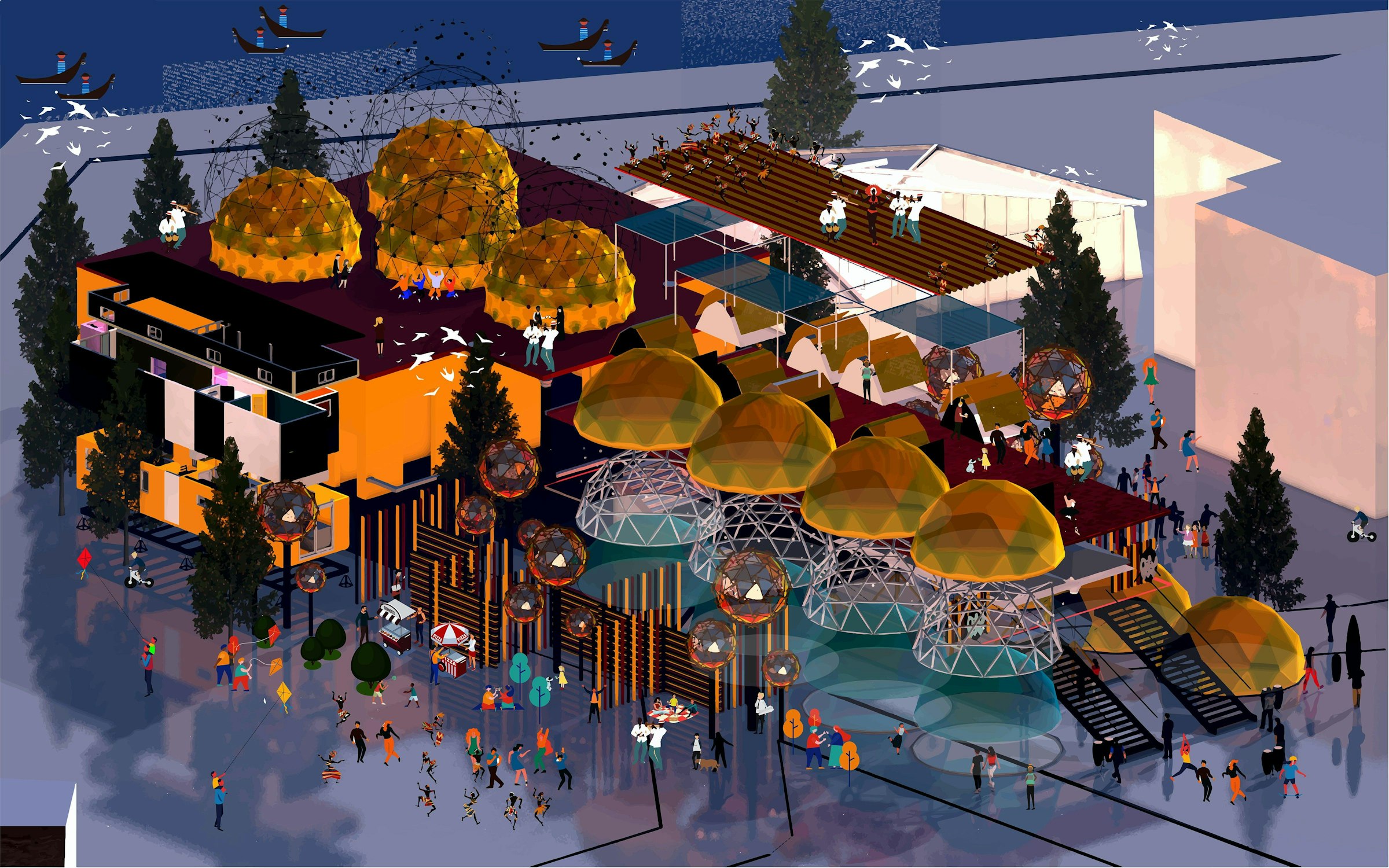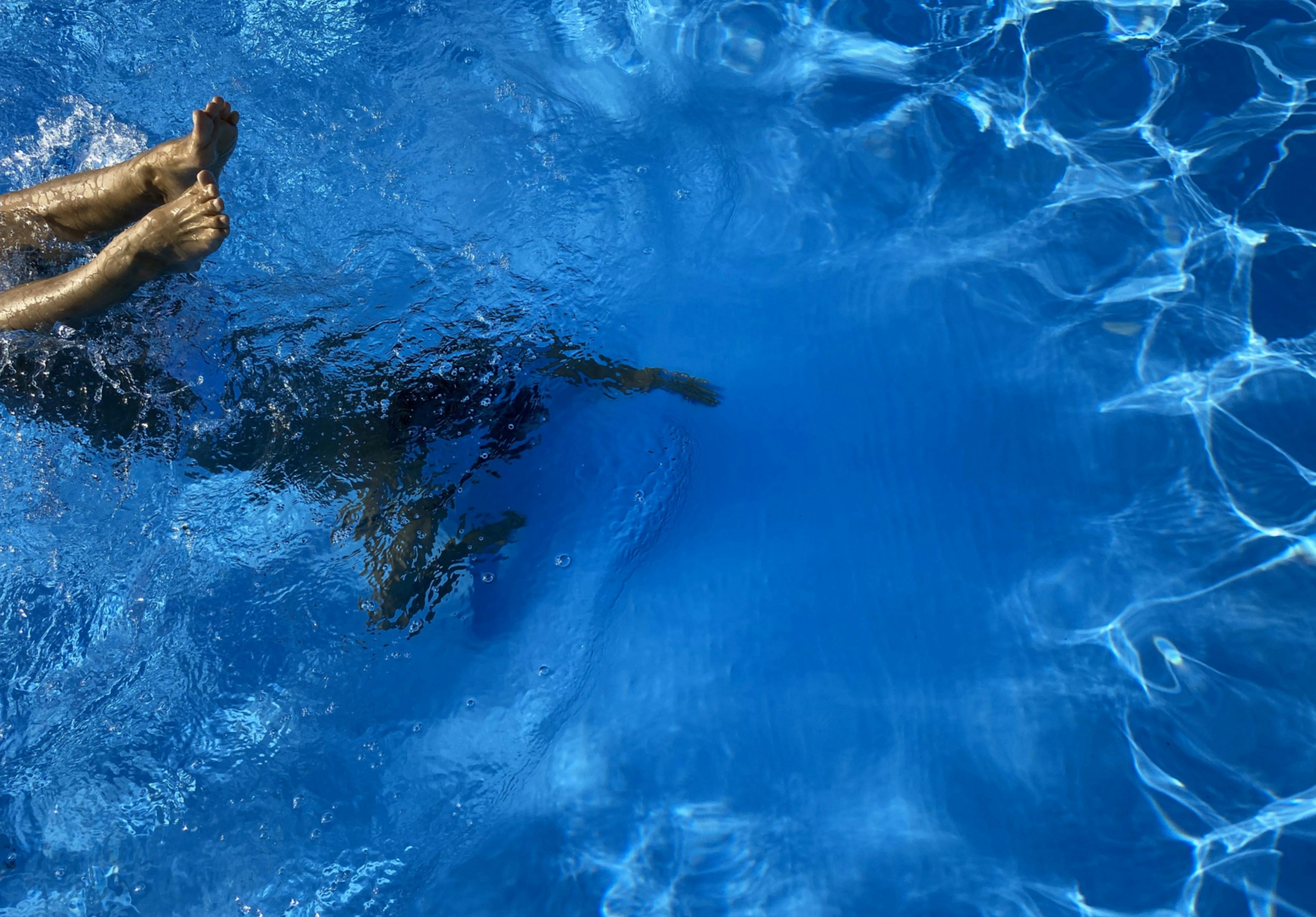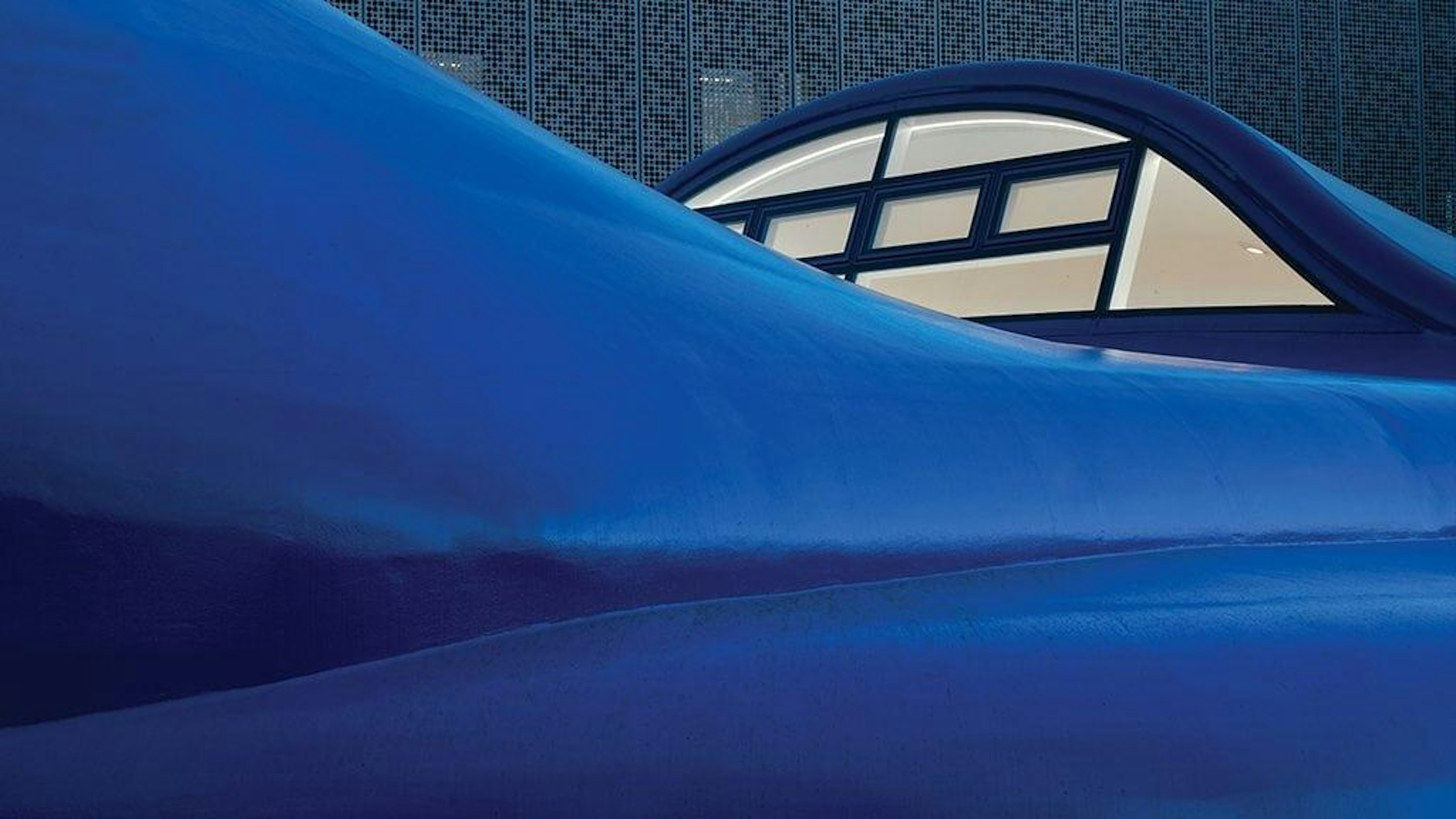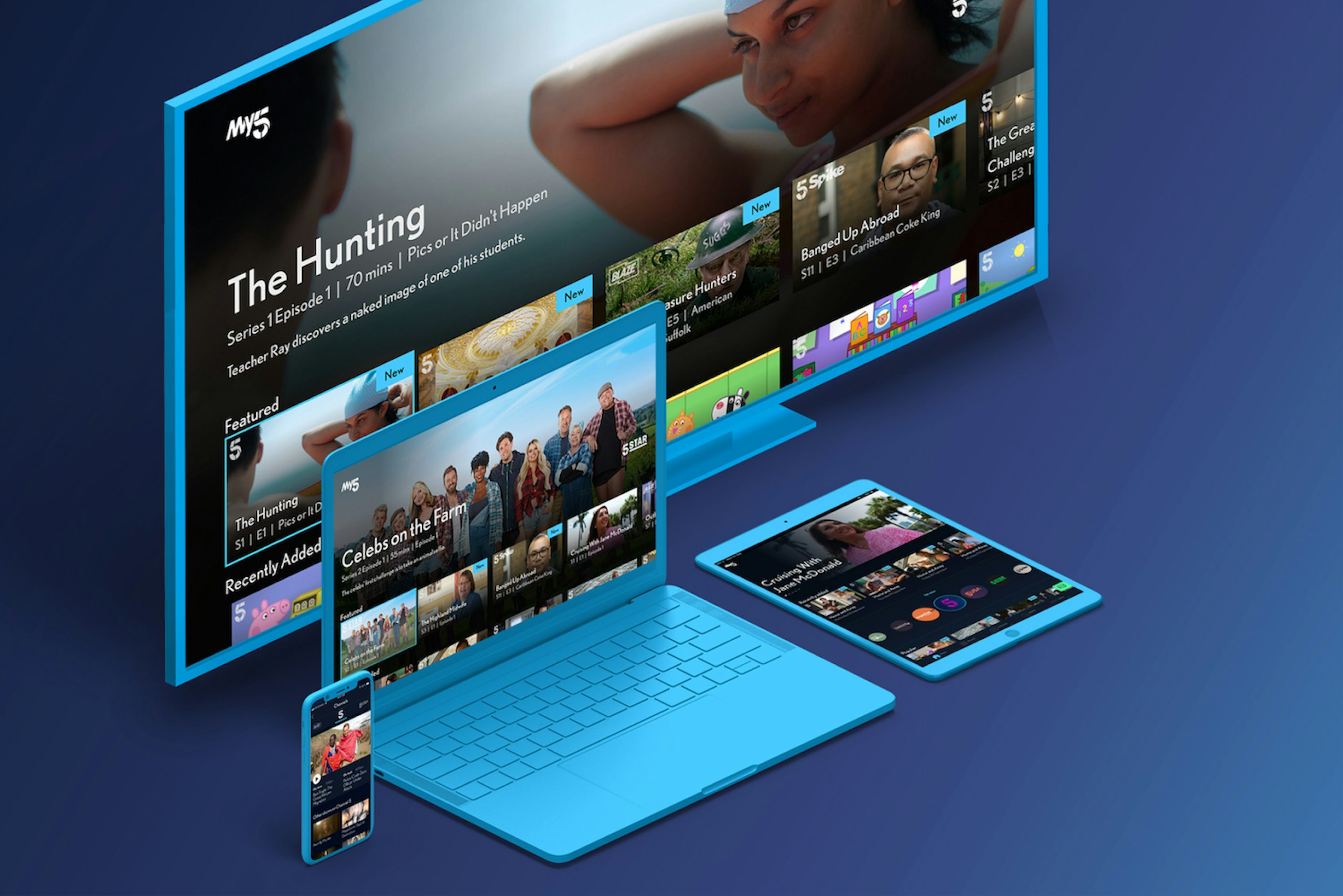
I took the Foundation course after A-Levels and discovered that graphic design was what I enjoyed most. I applied and got accepted to a few other universities while studying Foundation, but because I had insight into the AUB Bachelor’s course, I knew it was a perfect fit, even though I originally wanted to move away from my hometown.
After graduating, I travelled to London and slept on people's sofas and floors for a few months while working a bunch of different internships, as I didn't know what area of graphic design I wanted to pursue. During that time, I worked for an agency called Native and worked on a project for the telco VEON, designing a new app to bring free messaging and calling to their customers all over the world, who were usually still on pay-as-you-go and top-up cards. There, I realised I was good at designing for users: people that needed to perform specific tasks and had a purpose for interacting with your designs. I enjoyed putting myself in the users’ shoes and navigating their journey, meaning I could make design and experience decisions based on behaviours.
So, while in London I looked for those types of roles. I worked with Channel 5 and their My5 on-demand product; we revived their whole suite of streaming apps from phone and tablet to TV apps, putting their recognisable offline brand into this new digital space, so that their audience received the same consistent vision regardless of what device and platform they used.
During the first stage of the pandemic, I was furloughed and then later made redundant. This gave me time to think and do nothing for the first time in a long time. I did enjoy London, but after four years of working non-stop, I didn't know if I wanted to be there anymore – I fancied a change.
I've always loved Berlin ever since I first visited about 10 years ago. It felt similar to London but was more open, less “businessy” and a lot more fun. Also, with the Brexit deadline fast approaching, my freedom-of-movement rights were about to change, and so I knew if I was going to do this, I had to do it now. So, I started to look for jobs in Germany and found a start-up called Talentspace, which had been, up until a few months before, doing in-person recruiting events. Then, with COVID-19, they had to do everything online and wanted to build a platform to allow people to attend, and they were looking for a designer to realise their vision. I worked with them remotely for a couple of months while everything was locked down, and as soon as some of the travel restrictions were lifted, my partner and I moved over to Berlin.
Start-up culture is massive in Berlin, which is great as it means there are so many companies with fresh ideas that’re willing to take a shot at building something from scratch. In London, I always worked for agencies, meaning you only got an allocated amount of time to work on a project and everything had to be time-boxed. Often juggling multiple projects at once, I always felt that you never got enough time to refine anything. Also, you’d work on a project for six months, and then it’d launch and then you’d never see it again. Working in-house for a company means I can constantly iterate and improve based on user feedback.
I’m currently a Senior Product Designer at Picsart, which is a creative app that allows anyone to create and be an artist, without having to learn complicated and specialised software. It's a pretty varied role with lots of others involved. For my current project, I'm the sole designer and was hired to solve, design and help build this initiative. It was loosely defined before I joined, but my team and I expanded on the idea and direction. Our research team is often conducting great discovery research, which gives us a lot to start with, but I’d also conduct my own research specific to the project. This includes talking to existing and potential users and conducting competitor analysis to discover how others solve similar problems.
Then I’d start to ideate, first by visualising the user journey, defining some user stories and drawing some high- or low-fidelity wireframes, which I’d test and get in front of some users to gauge initial reaction and whether we're moving in the correct direction. From there, it's iteration, repeated testing and validation, getting higher fidelity and more detailed in our designs, until we have the final UI that’s been tested and validated with relevant user groups.
Finally, once we’re confident that we have a good user experience, we work with a team of engineers who build what we’ve put together. It's a very collaborative process with lots of moving parts and keeping everyone up to date.
The biggest thing I learnt at AUB wasn’t how to do graphic design or be a graphic designer. It was how to think about a problem in a way that lets you discover conceptual solutions. This is the most valuable skill I have. In this industry, ideas are key, and being able to solve complex problems with creative solutions is the thing that keeps me employed.
